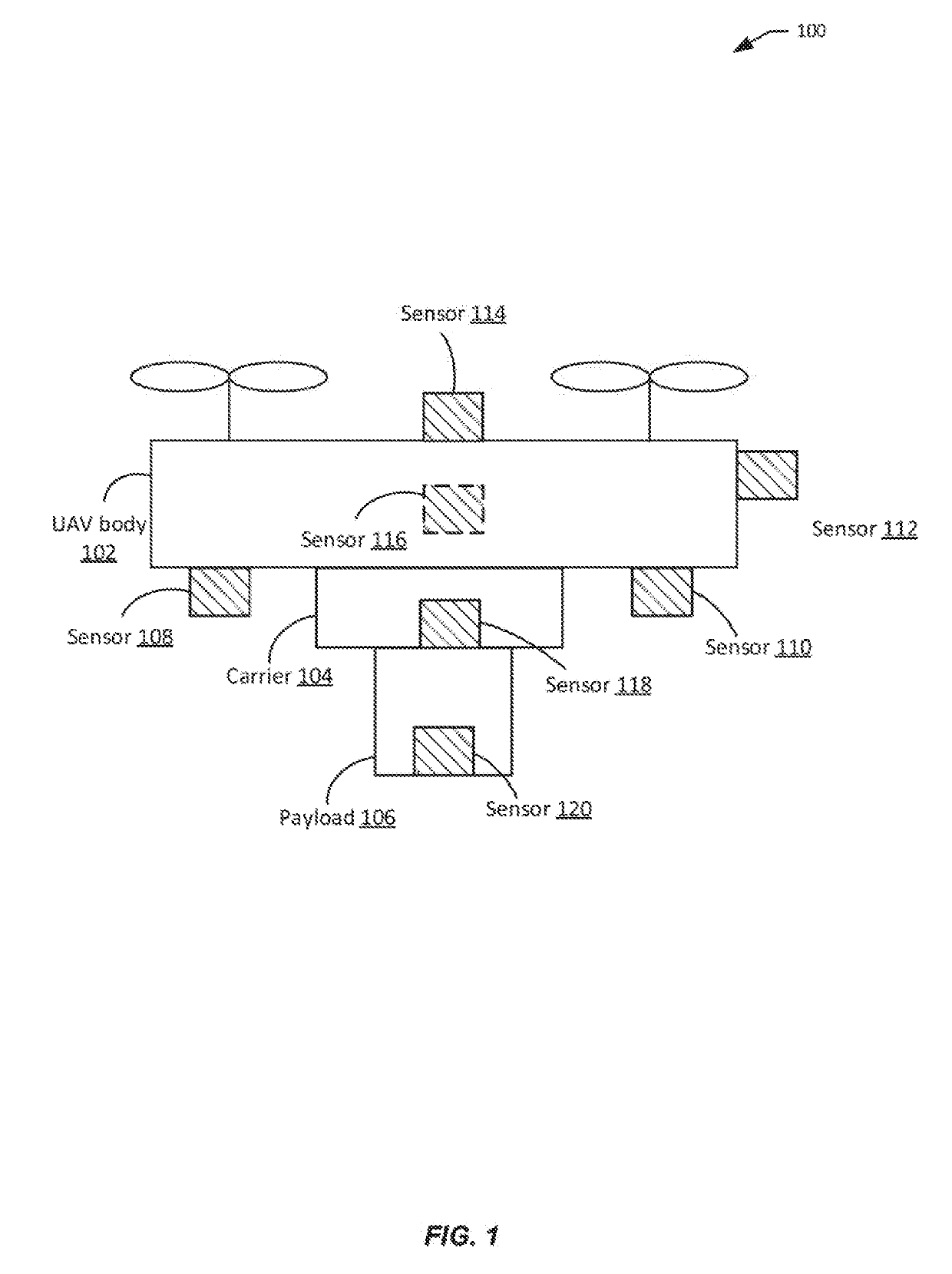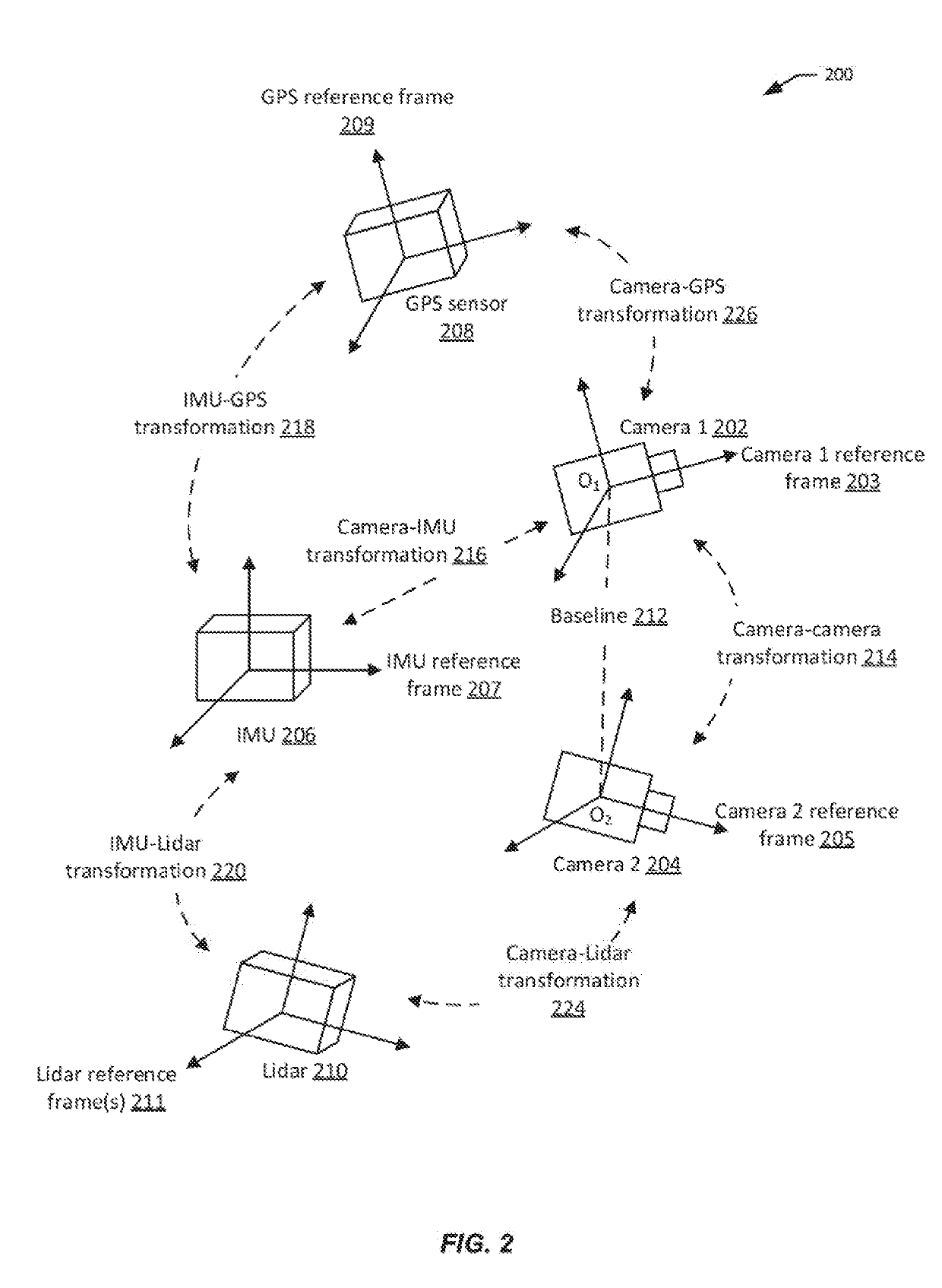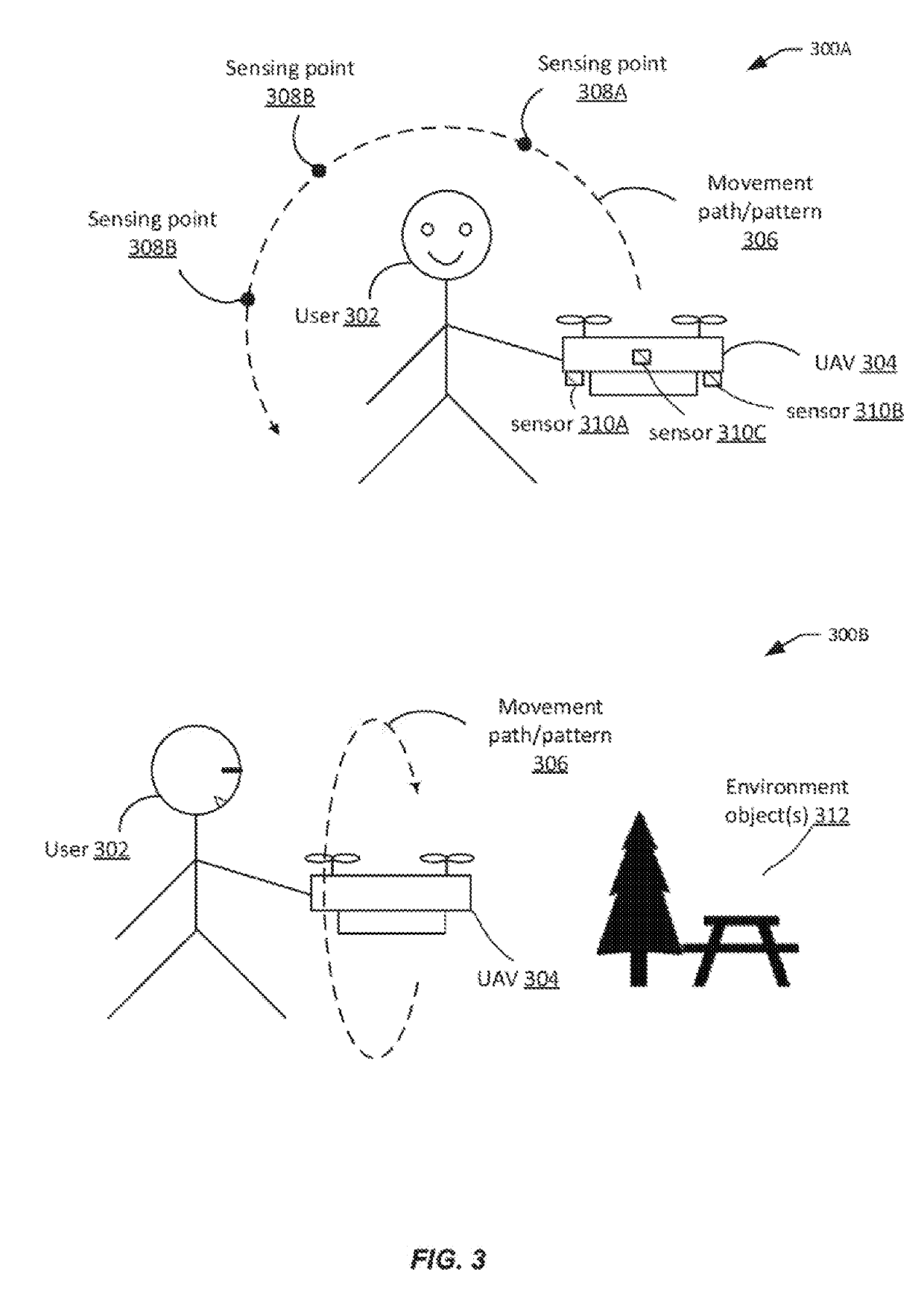Simple multi-sensor calibration
a multi-sensor and calibration technology, applied in the direction of instruments, process and machine control, vehicle position/course/altitude control, etc., can solve the problems of sensor, external and internal forces or errors, and require occasional calibration
- Summary
- Abstract
- Description
- Claims
- Application Information
AI Technical Summary
Benefits of technology
Problems solved by technology
Method used
Image
Examples
Embodiment Construction
[0034]Conventional sensor calibration techniques usually require specialized calibration equipment and complex calibration procedures. For instance, traditional camera calibration typically requires the use of calibration boards with certain calibration pattern (e.g., checkerboard patterns), or a projection screen with such patterns. A camera captures images of the calibration pattern positioned at different poses so that the camera views the calibration pattern at different viewing planes. The images data is then processed to determine the intrinsic and extrinsic parameters of the camera. Such conventional calibration techniques suffer from several drawbacks. The calibration board may be costly, bulky, and not easily transportable to any location where sensor calibration is needed (e.g., in an outdoor environment). Positioning the calibration board at different poses to ensure that the camera captures the required information for calibration can be a time-consuming and tedious proc...
PUM
 Login to View More
Login to View More Abstract
Description
Claims
Application Information
 Login to View More
Login to View More - R&D
- Intellectual Property
- Life Sciences
- Materials
- Tech Scout
- Unparalleled Data Quality
- Higher Quality Content
- 60% Fewer Hallucinations
Browse by: Latest US Patents, China's latest patents, Technical Efficacy Thesaurus, Application Domain, Technology Topic, Popular Technical Reports.
© 2025 PatSnap. All rights reserved.Legal|Privacy policy|Modern Slavery Act Transparency Statement|Sitemap|About US| Contact US: help@patsnap.com



